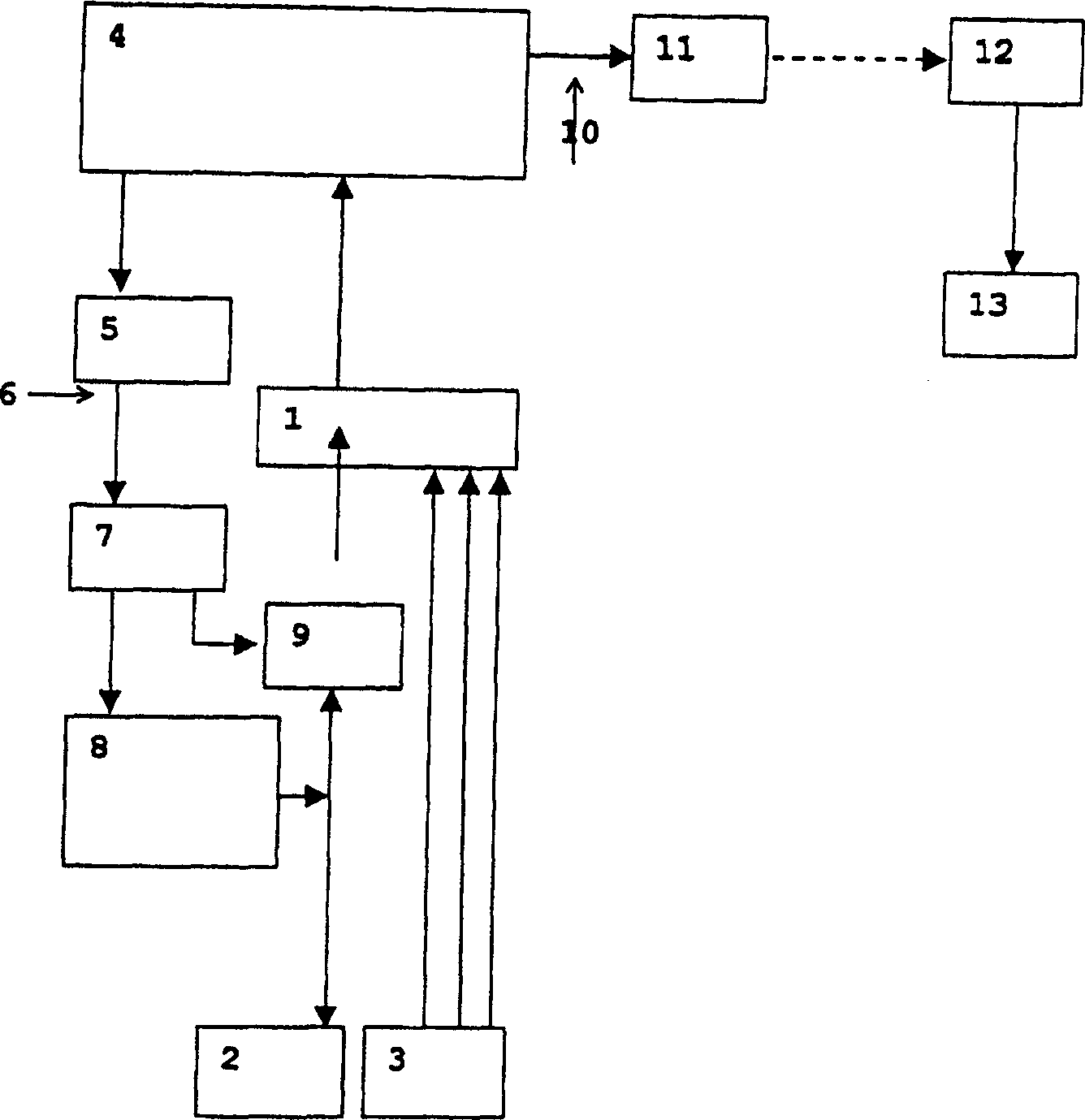Method and apparatus for desynchronization of neural brain activity
A technology of desynchronization and brain activity, applied in the direction of electrotherapy, artificial respiration, internal electrodes, etc., can solve the problems of diseases that cannot be delayed by time, time-consuming, high-power consumption, etc.
- Summary
- Abstract
- Description
- Claims
- Application Information
AI Technical Summary
Problems solved by technology
Method used
Image
Examples
Embodiment
[0199] If for example stimulation is performed at four locations, then for example the following stimulation can be delivered via four electrodes:
[0200] 1. Apply a feedback stimulus signal, ie processed neural activity, via each electrode, in all cases with a stimulus signal offset by about T / 4 time, e.g. image 3 , where T is the average period of the rhythm of the neuron population to be desynchronized.
[0201] 2. If Figure 4 Stimulation signals with the same time delay but different polarities were applied via electrodes 1 and 2 as shown. The same stimulation signal with different polarities is similarly applied via electrodes 3 and 4 .
[0202] For example, three different control mechanisms are employed for stimulation, as described in Section 6, thus preferably allowing on-demand control for stimulation application, and thus energy-efficient and gentle (avoiding side effects) stimulation, as described in Section 7 :
[0203] 1. Continuous stimulus application: s...
PUM
 Login to View More
Login to View More Abstract
Description
Claims
Application Information
 Login to View More
Login to View More - R&D Engineer
- R&D Manager
- IP Professional
- Industry Leading Data Capabilities
- Powerful AI technology
- Patent DNA Extraction
Browse by: Latest US Patents, China's latest patents, Technical Efficacy Thesaurus, Application Domain, Technology Topic, Popular Technical Reports.
© 2024 PatSnap. All rights reserved.Legal|Privacy policy|Modern Slavery Act Transparency Statement|Sitemap|About US| Contact US: help@patsnap.com










